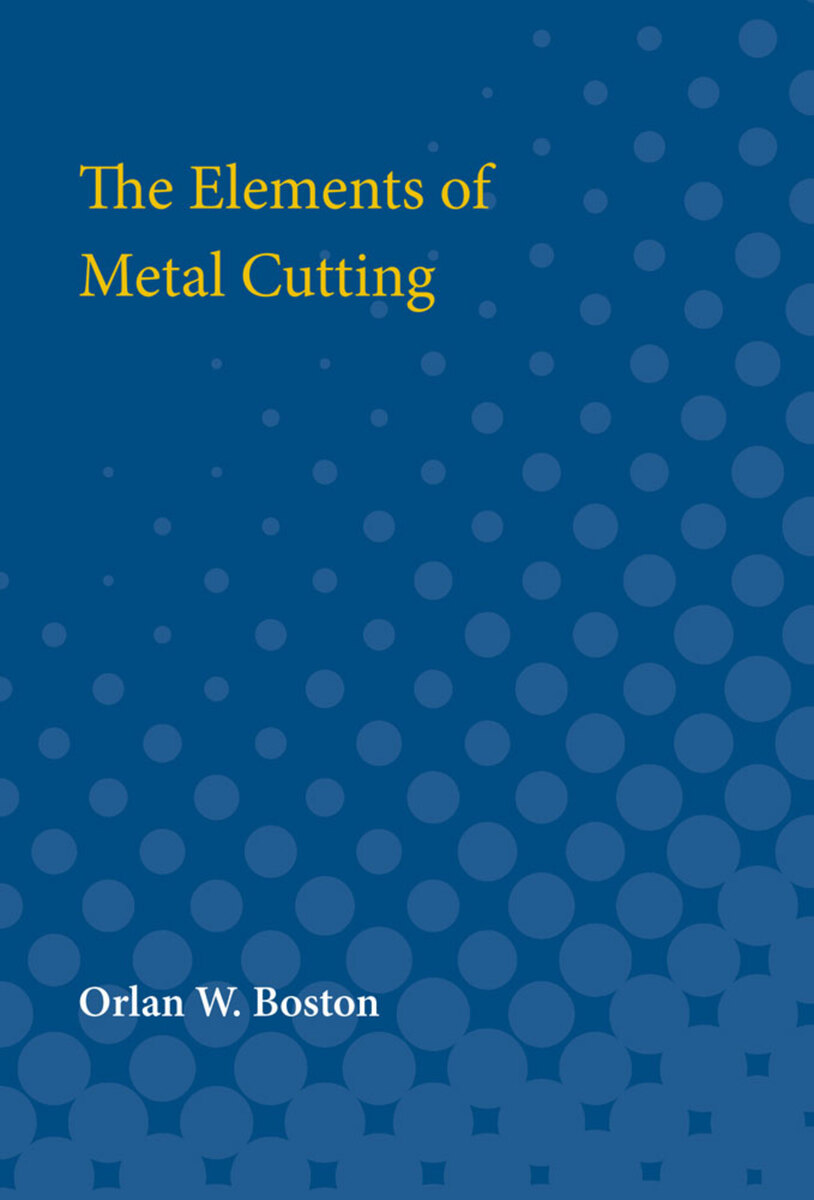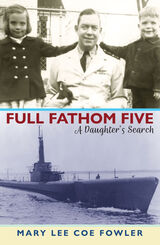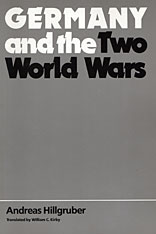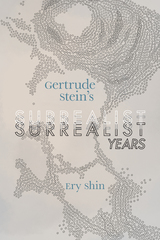Elements of Metal Cutting
University of Michigan Press, 1926
Paper: 978-0-472-75043-6
Paper: 978-0-472-75043-6
ABOUT THIS BOOK
ABOUT THIS BOOK
The Elements of Metal Cutting gives an account of an investigation in the fundamental elements of metal cutting conducted in the Machine Tool Laboratory at the University of Michigan. The object of the investigation was to determine a relation between the force on the tool in the direction of cut for a constant cutting speed of 20 feet per minute, and the degrees of tool sharpness, the various tool angles, the width and depth of cut, and the physical properties of the materials cut. Nine representative types of material were cut including three carbon steels, three alloy steels, brass, and annealed and unannealed cast iron. The cutting was confined to straight-line motion on a planer, and the tools used were of the end-cutting type. No cutting fluids were used, and only one element was varied at a time.The results show that the clearance angle has no influence on the force on the tool so long as the tool does not drag on the work; that the force on the tool remains constant for a wide variation of keenness of cutting edge and for thick chips, particularly, the tool edge may be rounded to 1/64 in. diameter without appreciable increase in the cutting force. It is also shown that the cutting force on the tool is reduced in direct proportion to the increase in front-rake angle, all other factors remaining constant. It is shown that thick chips are removed more efficiently than thin chips, and that narrow chips are removed more efficiently than wide chips. The results also indicate that there is an apparent relation between some of the physical properties of the metals and their machinability or the cutting force on the tool for the carbon steels in one group, the alloy steels in a second group, and cast iron in a third group.












